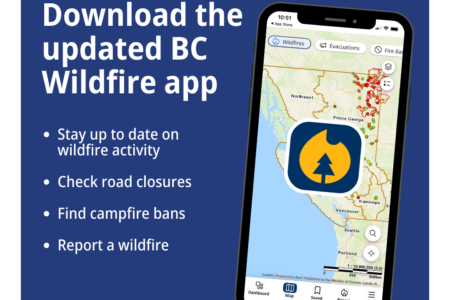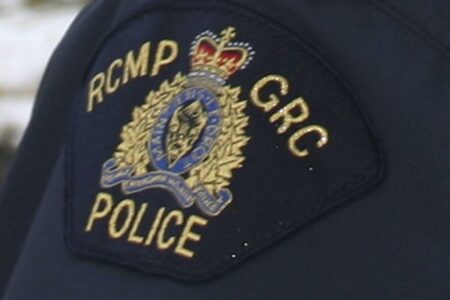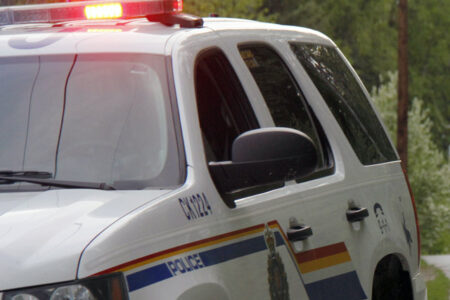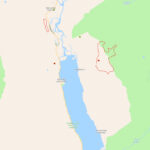Easy to view Perseids’ spectacular outburst this week
Forget the Olympics or the US presidential election. The big show this week is right above your head.
The Perseid meteor shower is expected to put on a major display this week with more than 200 meteors flashing across the sky every hour on Thursday and Friday night.
But you may have to be a bit of a night owl to see them well.
“The best viewing will be from 1-3 a.m.,” says Wayne Holmes, a local astronomer.
“At that point the waxing gibbous moon will be setting, and our part of the planet will start turning into the stream.”
Like bugs hitting a car windshield, the meteors will slam into the atmosphere at 60 kilometers a second.
The Perseids are actually a cloud of debris- mostly dust and sand grains- from the comet Swift-Tuttle. The comet moves in an orbit that crosses earth’s path, leaving behind a dusty trail. Our planet hits that cloud every year in July and August.
“I’ve actually already seen them, at the recent Mount Kobau star party near Osoyoos,” says Holmes. “They actually overlap with the Delta Aquariad meteor shower, which has good sized fireballs.
“But it wasn’t the peak.”
This year that peak is predicted to be tremendous, with a grain of dust hitting the atmosphere and vaporizing three or four times a minute.
The best way to see the shower?
It’s not hard to find a dark enough spot for viewing in the Nelson area, or most anywhere in the Kootenays, says Holmes. He says his own Fairview backyard fits meets his rule-of-thumb test – and is convenient too.
“If you can see the Milky Way, you’ll be able to see the majority of the meteors,” says Holmes.
“When you see the Milky Way, just plunk down there, point your feet to the northeast, lay back and just look around the sky.”
The radiant, or point in the sky the meteors seem to point back to, is in the constellation Perseus. To find it, look for the constellation Cassiopeia, which looks like a ‘W’ in the northeast. Perseus is just below and to the left of it. The meteors will come from all over the sky, but seem to point back to the constellation.
Other tips for successful viewing? Once you’ve found your dark spot, give your eyes time to adjust- it can take 30 minutes for that to happen- but it will improve the viewing experience.
- Avoid looking at bright lights from houses, streetlights and cars.
- Don’t use your mobile phone.
- If you use a flashlight, cover it with a red filter to maintain your night vision.
- Bring a folding chair along, something warm to drink, snacks and a blanket. Get comfortable, because the best way to view the show is to be out for an hour or two.
At this time there are no public star parties planned around Nelson to view the event.


























Comments